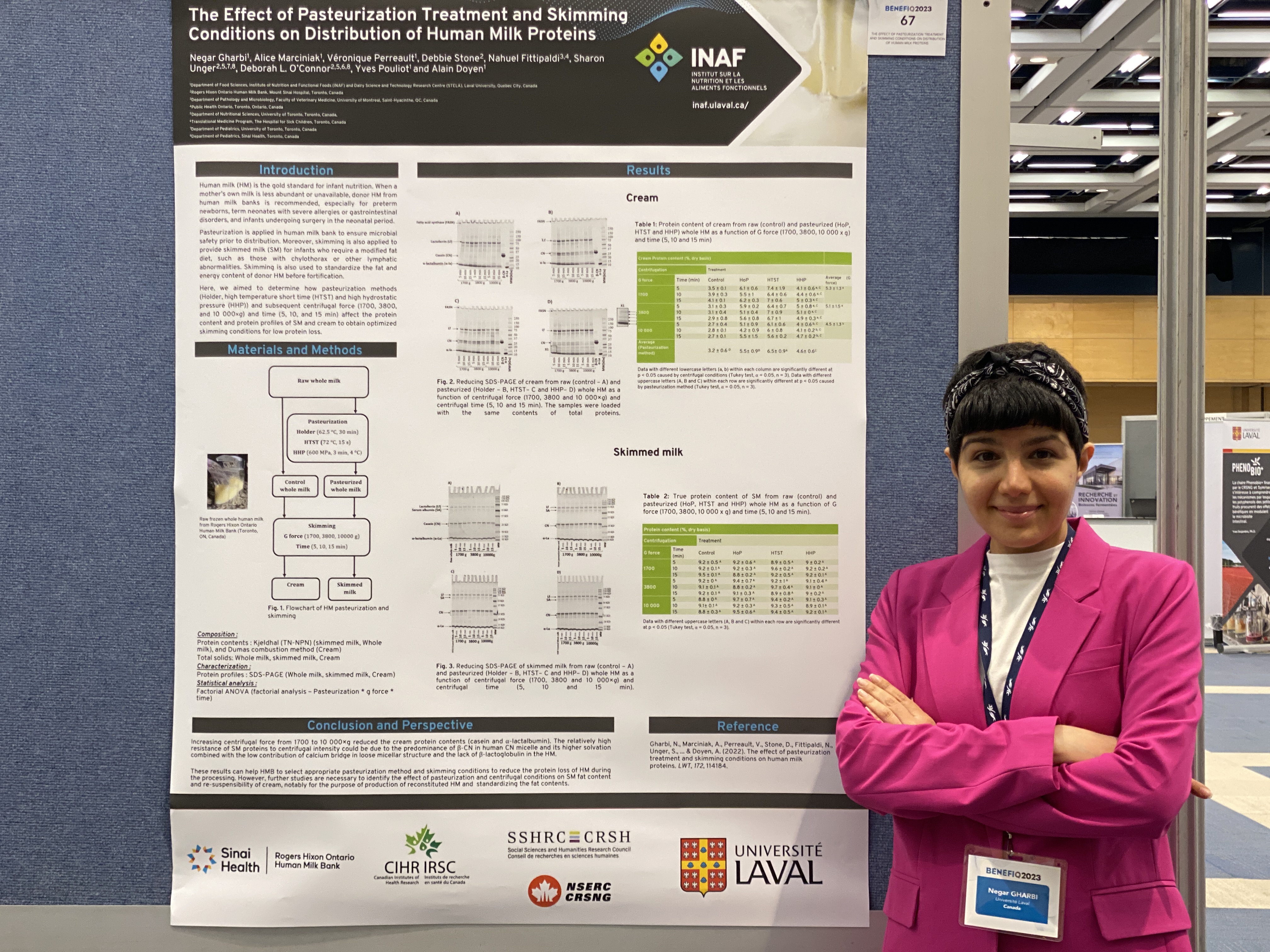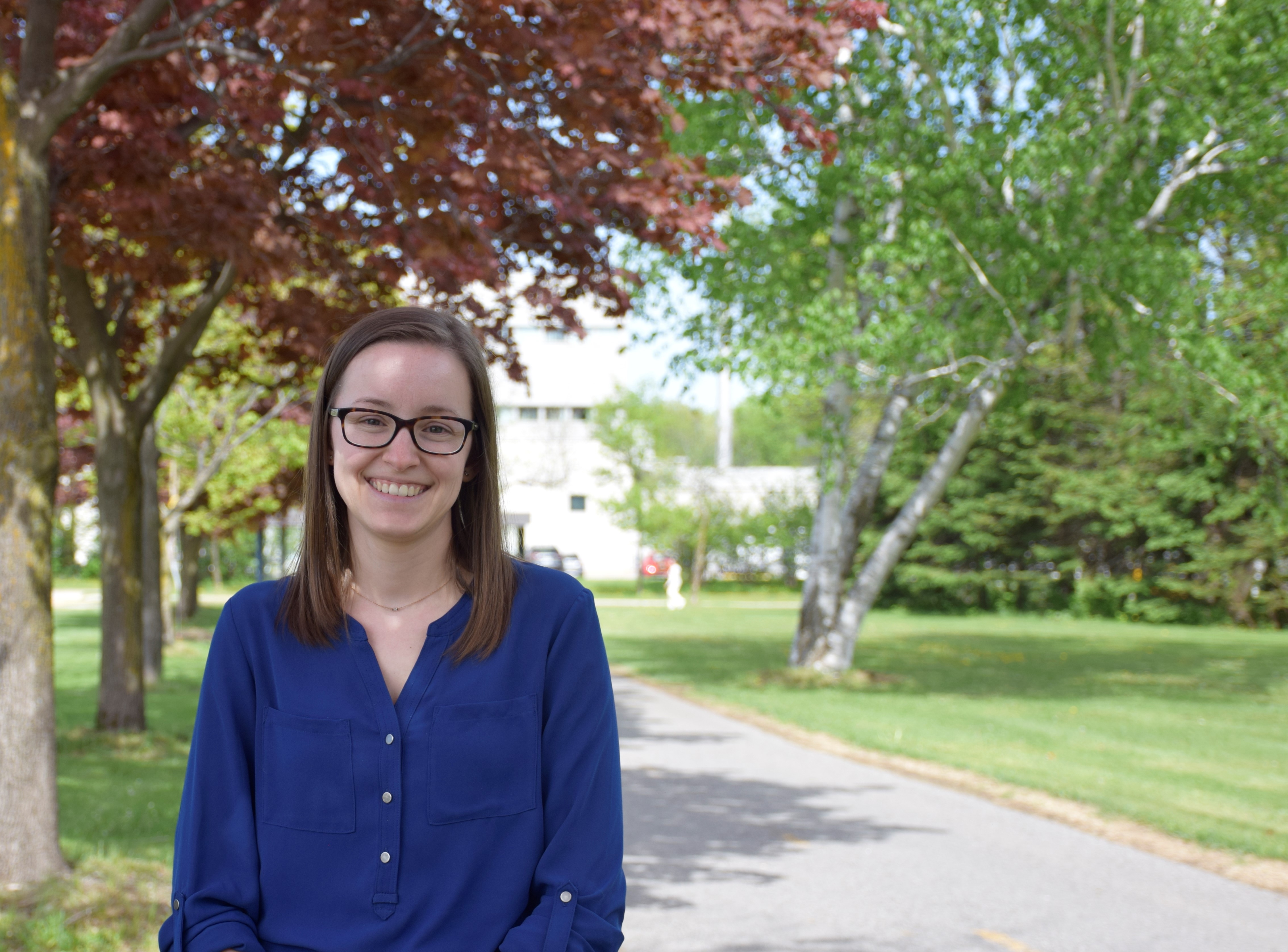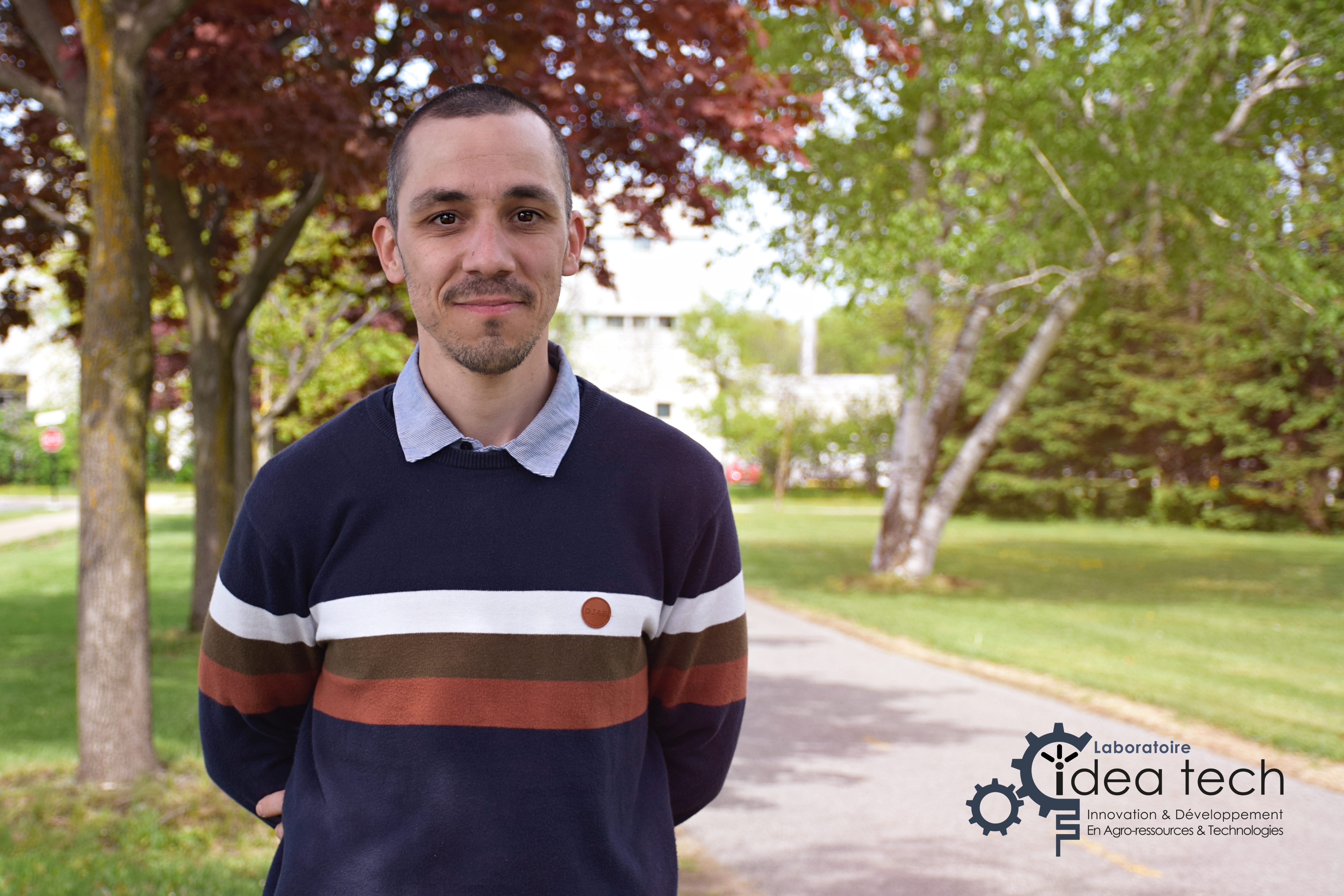Publications
The effect of pasteurization treatment and skimming conditions on human milk proteins
- Date de publication : 2022-12-30
Référence
N. Gharbi, A. Marciniak, V. Perreault, D. Stone, N. Fittipaldi, S. Unger, D. O'Connor, Y. Pouliot, A. Doyen. 2022. The effect of pasteurization treatment and skimming conditions on human milk proteins. LWT, 172, 114184.
Information Complémentaire
Lien vers l'article: https://www.sciencedirect.com/science/article/pii/S0023643822011197
Mot(s) Clé(s)
Traitement thermique Hautes pressions hydrostatiques Centrifugation Lait humain Lait écrémé Crème Caséines Profil protéique
Résumé
This study investigated the effects of pasteurization methods (Holder -HoP, high-temperature short-time – HTST, and high hydrostatic pressure – HHP) and centrifugation conditions (1700, 3800 and 10 000 g for 5, 10 and 15 min) on protein distribution between cream and skim milk (SM). HHP prior to skimming led to lower cream protein content (46 g/kg, dry basis) when compared with those for HoP and HTST (55 and 65 g/kg dry basis, respectively). Increasing centrifugal force from 1700 to 10 000×g reduced the cream protein contents (average, from 53 to 45 g/kg, dry basis), mainly through removing casein and ⍺-lactalbumin. However, due to the significant effect of centrifugal force on volumes and moisture contents of creams and SMs, the SM protein contents were not proportional to those of creams, and it varied from 88 to 97 g/kg (dry basis). Pasteurization method affected the aggregation of proteins during the pasteurization and subsequent skimming. Lactoferrin was susceptible to aggregation by heat treatment and subsequent intensive centrifugation (10 000×g) when treated by HoP, while it was more resistant to aggregation by pasteurization and subsequent intensive skimming when treated by HHP.




